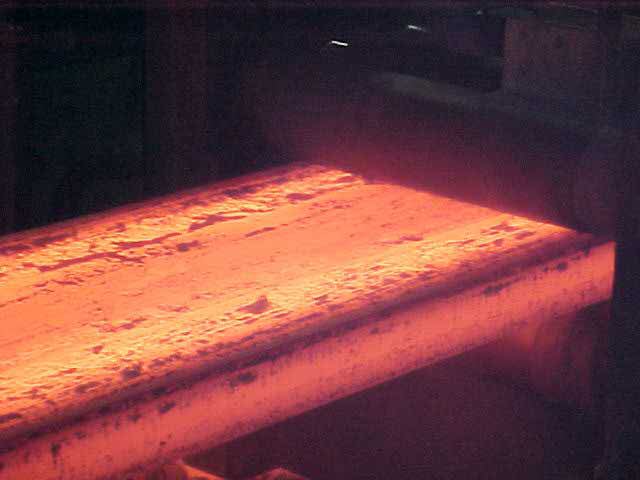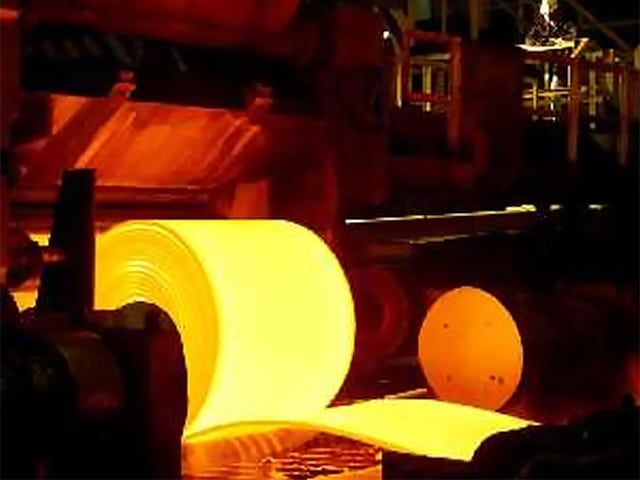Steel Making
STEEL MAKING FURNACES
CASTING, HOT-ROLLING & PICKLING
Once the heat of steel meets desired chemical and temperature requirements, the steelmaking furnace is tapped, and the molten steel is poured into a ladle. The steel may be given additional treatments in a separate vessel, such as a degasser, to fine tune its properties, following which it is cast.


COLD-ROLLING & ANNEALING
OVERVIEW OF PHYSICAL METALLURGY
Atomic Bonds
The properties of materials can be related to the nature of bonding on an atomic scale. From chemistry, the type of bonding occurs in three basic schemes.
Ionic bonding occurs from the mutual attraction of positive and negative charged atoms or ions. Since these attractions are relatively strong, there is little movement of the atoms under an external force, and the net effect is that the material is non-ductile or brittle. Examples of materials are salts and ceramics.
Covalent bonding occurs when electrons from atoms are shared by several atoms. The strength of the bond varies and can be relatively weak, as is the case for organic molecules, to very strong, as is the case for diamonds. Polymeric materials usually fall into this class of bonds.
Metallic bonds occur when atoms with positive ion cores share electrons with any number of atoms. The electrons are quite mobile as they form an electron “cloud” or “gas.”
Crystal Structure
Metals are materials where metallic bonding occurs and the atoms are arranged in a regular repeating crystalline structure. The geometric repeating pattern may differ from one element to another, but the repeating pattern remains consistent. As a result of this repeating pattern, the atoms line up in parallel planes that effectively “slide” over each other when subjected to an external force. This sliding motion is the “ductility” characteristic of metals. When the planes of atoms can slide with relative ease, the metal is considered to be ductile or soft. When the planes of atoms encounter barriers to slide, the metal is considered to be brittle or hard. By controlling the factors that affect how metallic planes slide, properties of metals can be changed.
Methods of Controlling Mechanical Properties
As indicated, the ease or difficulty with which metals deform is related to their ability to undergo “slip” on an atomic level. There are several factors that affect the ability of planes to undergo slip.
Technical Information
Weight Formulas
Calculators
To calculate P.I.W. for given I.D. & O.D. and max. weight per slit width.
To calculate weight per lineal foot, total weight per given feet and feet per weight.
To calculate price per lineal foot for given thickness, width and cwt. price.
To convert imperial (standard) measurements to metric equivalents.
These conversions include weight, length, area, volume, force, etc.

